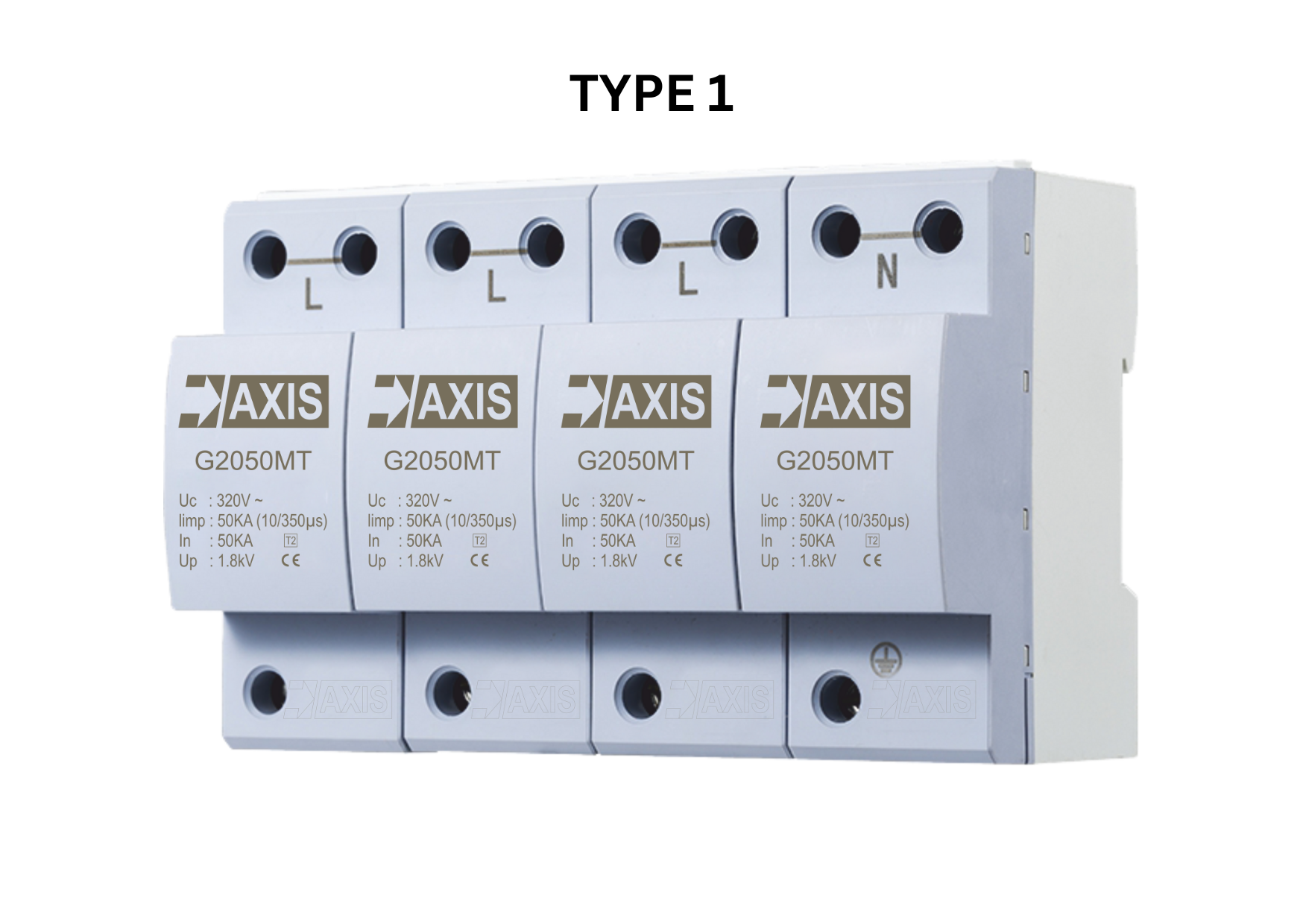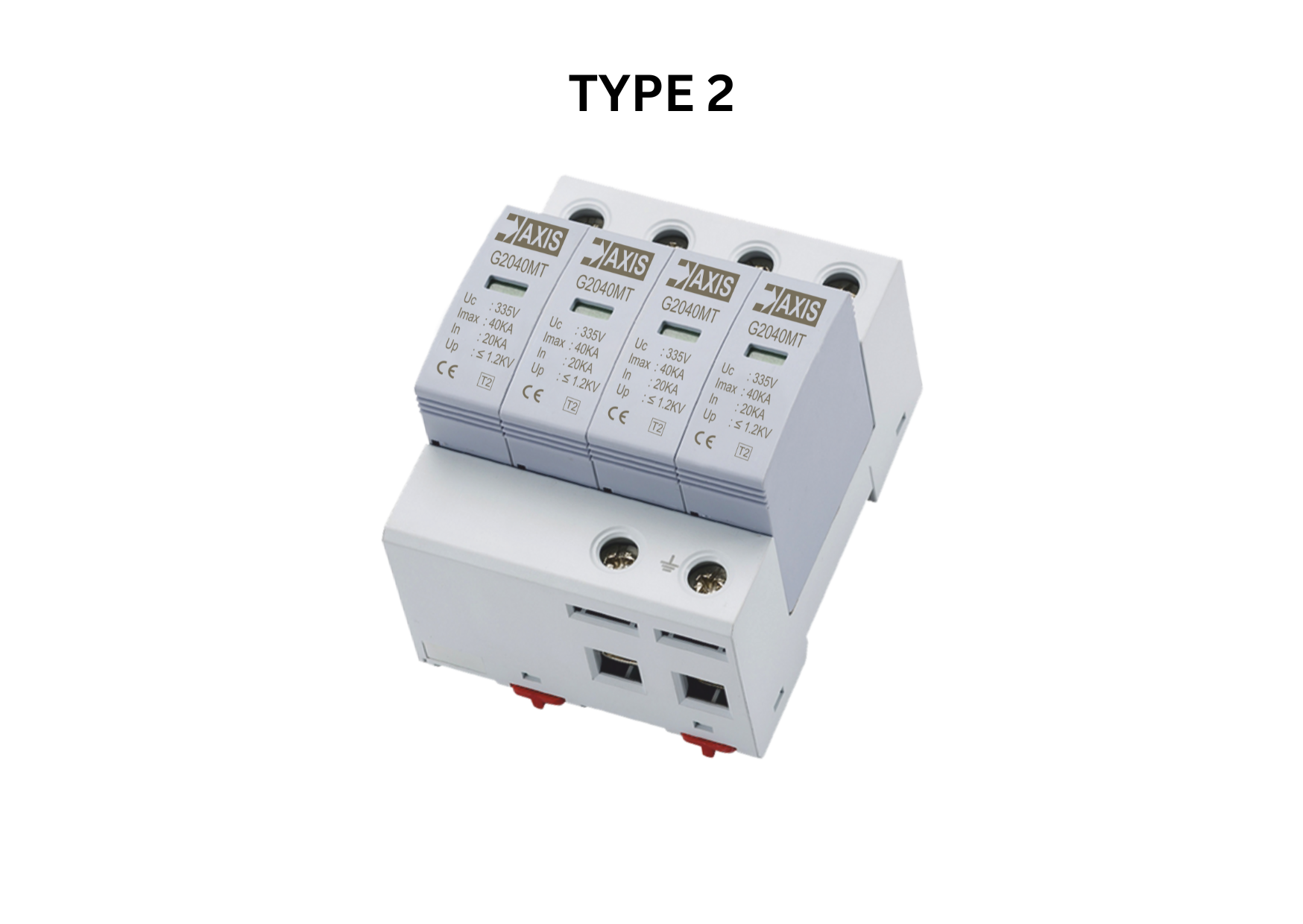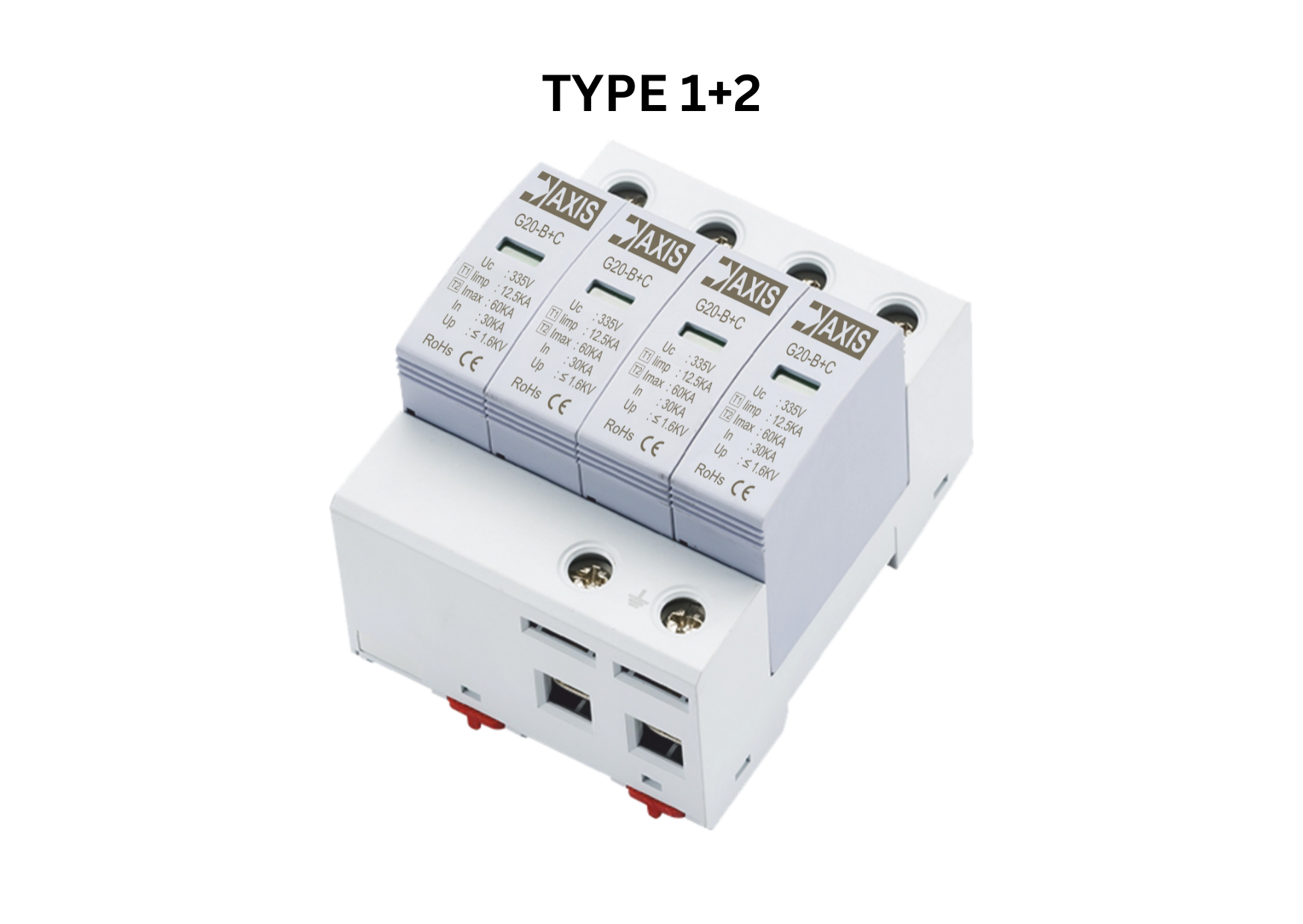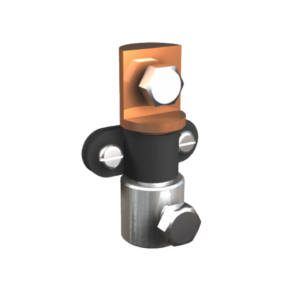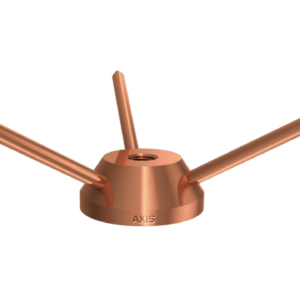Description
Axis Surge Protection Devices comply with IEC 61643-31 and are designed to safeguard electrical systems from voltage spikes and transient surges. Our surge protectors provide reliable protection for residential, commercial, and industrial applications, minimizing the risk of damage to sensitive equipment. Whether you need a 3-phase surge protector for heavy-duty electrical setups or a compact solution for smaller installations, our products meet international safety standards.
We offer cost-effective surge protection solutions with competitive surge protection device prices, allowing businesses and individuals to invest in high-quality protection without exceeding their budgets. Engineered for durability and efficiency, our SPDs provide long-term protection against electrical disturbances. Choose Axis India for superior surge protection devices that deliver unmatched performance and reliability.
Surge Protection Device is designed to protect sensitive electronic & electrical equipment by limiting transient overvoltage and diverting surge currents. Surge Protection Device is the most efficient and commonly used type of overvoltage protection for any structure. These devices play a crucial role in your building’s Internal Lightning Protection. They safeguard your equipment by limiting electrical surges, making them the most common choice for surge protection.
Electrical devices can malfunction or get damaged if a surge voltage goes beyond their impulse voltage ratings. Surge voltages, often reaching high kilovolts, are transient. This means they occur in very small-time but with high energy, which can damage your equipment. These are caused by lightning strikes, switching operations, and electrostatic discharges. Since, these surges last from a few microseconds to several hundred microseconds, their short duration and high amplitude can cause sudden voltage spikes. SPDs are designed to protect against these spikes.
How do SPDs protect against Overvoltage?
SPDs are connected in parallel to the equipment and work on the principle of Equi-potentialisation.
The key to understanding this is knowing that potential difference is the factor that damages equipment. When a surge enters the system through any line – be it phase, neutral, or earth – it increases the potential difference between these lines. A protection device SPD, such as a Type 2 surge arrester, plays a critical role here. It balances the surge voltage across all lines, bringing the potential difference back to a normal value. This protects electrical installations by preventing overvoltage damage and ensuring the safety and longevity of your electrical installation.
Lightning Protection Zones
The central idea is to limit current and voltage surges, induced by lightning or otherwise, from damaging a structure or its contents by dividing the structure into a risk zone. These Lightning Protection Zones are nested within each other, with the most sensitive zones being the innermost. By using lightning protection systems, such as lightning arresters and SPDs, the effects of lightning hitting the outer zone are reduced before they can affect people or sensitive equipment in the inner zones.
Top
Surge Protection Devices (SPDs) are essential protective components designed to safeguard electrical installations, distribution panels, and electronic equipment from transient overvoltages caused by lightning strikes, switching operations, or grid disturbances. Installed at key points—such as where electrical power enters a structure—SPDs help protect against damaging surge events.
In accordance with IEC standards, Type 2 surge arresters (also known as SPD Class II) are typically installed at the main distribution board. These protective devices are designed to protect downstream systems by limiting transient voltages to a safe voltage protection level, ensuring the longevity of sensitive electronic systems and minimizing downtime.
Axis provides a complete range of SPD solutions tailored for residential, commercial, and industrial applications. Each device is designed to protect against harmful surges and protects electrical installations from permanent damage. SPDs are especially critical in areas where a transition occurs between two different Lightning Protection Zones—for instance, between outdoor service entrances and indoor distribution panels.
Types of Surge Protection Device
IS IEC 62305 part 4 classifies SPDs into 3 categories
Type 1:
Also known as Class B SPDs, we recommend them in the LPZ 1 area. You should install them in the main panels of industries where the most lightning surges are expected. Type 1 SPDs can handle high energy levels. They are made with spark gap materials, that is two pieces of metal, insulated by a gap filled with gas or air. This material helps in managing intense surges.
Type 2:
Also known as Class C SPDs, we recommend them in LPZ 2 area. Their main function is to handle switching surges. These SPDs are made from MOV, a Metal Oxide Varistor. In simple words, it’s an electrical component whose resistance varies with the voltage.
Type 2 SPDs respond faster than Type 1, but they have a lower energy handling capacity. Therefore, we recommend installing Type 2 SPDs in distribution panels that follow the main panel, where the Type 1 SPD is installed.
Type 3:
Also known as Class D SPDs, we recommend them in LPZ3 area. These SPDs have a low energy handling capacity and are installed at the end points of the electrical system, such as your socket, so that they response quickly during a surge. Materials like diodes are used in the construction of these SPDs, enabling them to manage surges safely.
Type 1+2:
Also known as Class B+C SPDs, are installed in panels where cables enter from outside a building. They have similar functions as Type 1 SPDs and are also installed in the same location. Made using a combination of Metal Oxide Varistors (MOVs) and Spark Gaps, they are more economical as compared to Type 1 SPDs.
FAQ’S
Q1. What are Surge Protection Devices (SPDs) and why are they important?
A: Surge Protection Devices (SPDs) are essential components that shield electrical equipment from voltage spikes caused by lightning strikes, power surges, or switching operations. They play a crucial role in ensuring the safety and longevity of electrical systems by preventing damage to sensitive components. Implementing SPDs is particularly vital in industrial and commercial installations where equipment reliability is paramount.
Q2. Are Axis India’s SPDs compliant with IEC 61643 standards?
A: Yes, all SPDs offered by Axis India are designed in accordance with IEC 61643-31 standards, ensuring high-performance protection and global compatibility. This compliance guarantees that our products meet international safety and quality benchmarks, providing reliable surge protection across various applications.
Q3. Where are Surge Protection Devices commonly used?
A: SPDs are widely utilized in power distribution systems, control panels, telecommunication networks, and renewable energy setups like solar power systems. They are also integral in safeguarding equipment in residential, commercial, and industrial environments, ensuring uninterrupted operation and protection against transient overvoltages.
Q4. How do I choose the right SPD for my project?
A: Selecting the appropriate SPD involves considering factors such as the system’s voltage rating, the type of exposure to surges (direct or indirect), and the installation location. For instance, a 3 phase surge protector is suitable for three-phase power systems commonly found in industrial settings. Axis India provides expert guidance and detailed product specifications to assist you in choosing the right model tailored to your specific requirements.
Q5. Does Axis India offer technical support or installation guidance for SPDs?
A: Absolutely. Axis India offers comprehensive technical support, including product documentation and expert advice, to ensure proper installation and operation of surge protection devices. Our team is dedicated to assisting clients in implementing effective surge protection solutions that align with their system needs.
Q6. What is the price range for surge protection devices in India?
A: The surge protection device price in India varies based on specifications and brand. For example, prices can range from ₹1,244 for basic models to ₹17,616 for advanced units, depending on factors like voltage rating and surge capacity . It’s advisable to consult with suppliers or manufacturers for precise pricing tailored to your specific application.
Q7. What is the difference between Type 1 and Type 2 SPDs?
A: Type 1 SPDs are designed to protect against direct lightning strikes and are typically installed at the main service entrance. Type 2 SPDs, on the other hand, protect against residual lightning energy and switching surges, and are installed downstream of the main distribution board. The choice between the two depends on the specific protection requirements of your electrical system.
Surge Protective Device.
Q8. Can SPDs be used in solar power systems?
A: Yes, SPDs are crucial in solar power systems to protect photovoltaic panels and inverters from voltage surges caused by lightning or grid disturbances. Implementing SPDs in solar installations enhances system reliability and longevity, ensuring consistent energy production and safety.

